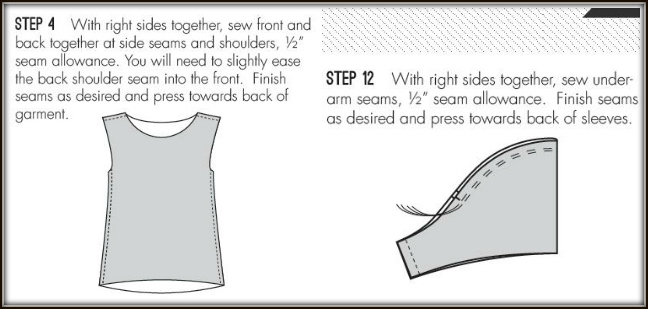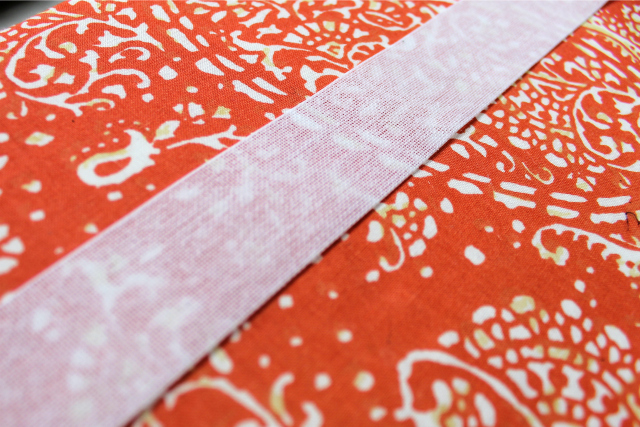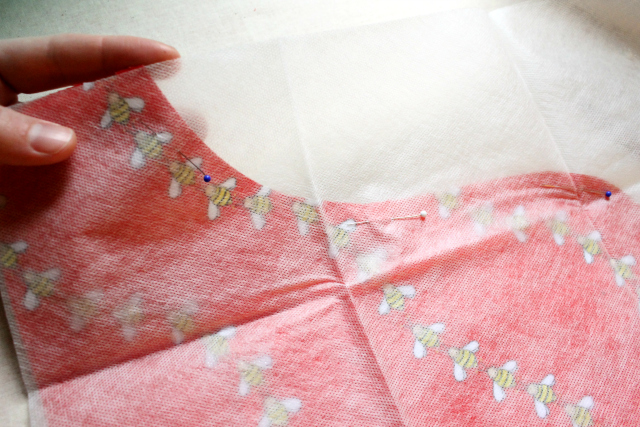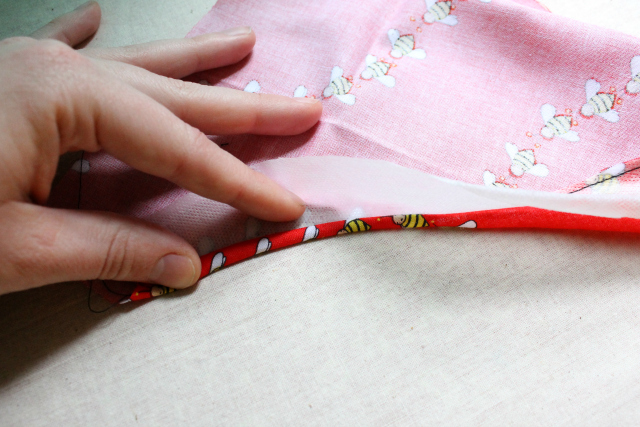$ewing for Money. Do you do it? Would you do it? Would you do it full-time?
No Georgies were harmed during the taking of this photo.
We've probably all mused over this topic at some point. When you practice a skilled trade, especially one like sewing that is so practical yet so rare, after awhile you start to wonder if you could earn some cash from it. Or even make it your career and your livelihood. If you love your hobby, why not pursue it wholeheartedly? Why yank yourself away from the purr of your sewing machine for your obnoxious morning commute, or pretend you're working when you're actually reading sewing blogs at your cubicle all day (ahem)? On the other hand, if you love your hobby, why monetize it and turn it into a stressor in your life? Or most importantly: why spend precious time and resources sewing for OTHER people who don't even love you unconditionally? I battled with these thoughts for over two years.
It was a weighty decision, but this past February I quit my full-time office job to become a seamstress. I'd been in fund development (grant writing and database management) for non-profit organizations for about four years. I thought I had found an ideal career for me: I was involved in social services to benefit vulnerable people in the local community, but working behind the scenes in a role where I could still be comfortable as a detail-focused introvert. I was promoted last year and figured the comfy salary could make up for whatever else I felt was missing. And yet despite how I thought I should enjoy my role, I never truly did. Once I realized a passion for sewing as a hobby in 2011, I could never shake the idea that it should be more than a hobby.
 |
| Yes, I took a photo of my resignation letter. I felt simultaneously idiotic and liberated. |
I always laugh nervously when I tell people I quit my "real" job to sew, I guess as a way to ward off initial judgment before I am able to justify myself. Fortunately it doesn't need much justifying; so far, this decision is usually congratulated and celebrated in what feels like a sincere way. Even by my parents, who understandably worry about my financial well-being. On reflection, it seems like other people were always the ones asking and encouraging me to sell my services or my handmade items, and it was always me coming up with excuses for why that was implausible. Oh, I'm not a designer. Oh, I'm not skilled enough. Uh, I have a Sociology degree, for god's sake. Oh, I can't afford to leave my job. Oh, I don't even know where I would start.
And yet, every Sunday night, that feeling of dread for the work week ahead would creep over me. How was I going to slog through 40 more hours on my ass at a computer in the office? If I spend each workday thinking about how I'd rather be sewing, why am I not sewing? I felt like I might as well try it while I still could.
 |
| I sewed the tulle on these tutus. 8 yards each! |
It's been three months now, so I've had a little bit of time to absorb the reality of it and adjust to my new lifestyle (and pay cut, if I'mma be real). I almost wasn't going to "announce" anything at all to my blog readers because I thought no one would give a damn, but I realize that many of you have considered making a similar move or have gone through it yourselves. There are many paths for sewing-related jobs, and I took one that a lot of you would probably never want for yourselves, but I figure I could still be a resource, an inspiration, or a deterrent for those who may be thinking of making a similar change.
So what do I DO now? The majority of my time is spent working in a sewing studio that does commissioned work for custom garments, alterations, home decor, accessories, costumes, design prototypes, everything. Less frequently, I help sew for a local baby apparel company and a youth ballet company whenever they need me.
 |
| Pocket hoops I sewed for an 18th c. costume. Includes steel boning and musket balls (?!) |
I decided to take this route because I wanted to tread lightly and work for someone else who already knew how to run a business and could help me improve my sewing skills. While I felt ready to pursue sewing as a money-maker, I was not ready to be an entrepreneur. I certainly considered learning how to draft patterns to sell or opening my own Etsy shop, but I wanted a lower-stakes way to make sure that I could spend all my days sewing (not for myself) and still enjoy it.
 |
| Dizzy? Girls' dresses / quilting cotton print explosion |
I also wanted to move out of my sewing comfort zone. Sure, I can slap together a half-assed Archer shirt or a slouchy knit tee for myself, but can I alter a pattern to fit someone else's measurements? Can I sew with more difficult and delicate fabrics? Can I sew eight silk blouses in one week, or 40 pairs of lycra ballet pants in a weekend? Can I drape chiffon pleats on a dressform? Can I make a rub-off pattern of someone's storebought garment and modify it to their wishes, then put it all together without instructions? Can I baby-hem a mile-long bridal gown without losing my mind?
 |
| Wedding dress about to be altered |
Turns out I can, but it's certainly not easy. In fact, the job is incredibly difficult. The pressure is on when someone's paying you to create or alter a garment that is very important to them. I have to speed up my process and be extremely accurate without sacrificing quality, which is daunting when you're learning new techniques and using tools that aren't your own (though my boss did oblige my request for fabric glue sticks, which I discussed as one of my favorite sewing tools here). Luckily I work with laid-back people who don't rush or judge (I am still SLOW, especially at alterations for some reason), and we can commiserate with each other over the strange or difficult projects while celebrating small successes like beautiful welt pockets.
 |
| 40 pairs of spandex pants for a boys' ballet performance |
I felt the personal benefits of this career change immediately. Well, for one, I have Mondays off, and it's insane (but no surprise, really) how three-day weekends can boost your morale and productivity 1000%. Hear that, Department of Labor? I also enjoy tackling a variety of projects and testing my sewing skills and abilities on a daily basis. I often get frustrated with myself at how slow or sloppy I can be, but it's satisfying to have a job where you take on and accomplish something new everyday and can notice visible improvements in your work. Plus I get to hang out with the studio dog:
 |
| Mandy, one of my new colleagues |
All of these opportunities came about via Craigslist, believe it or not, so I had no "connections" beforehand. I was brave enough to include my blog address in my intro e-mails, which actually ended up working in my favor despite the embarrassing modeled poses and excessive use of the words "y'all" and "bad boys" on here. I think it helped to see a visual portfolio of what I've sewn but get a sense of my true (-ish!) personality, too.
I guess the biggest question you might have is whether I can still find time or energy to sew for myself. I wish I could say that my personal sewing output is the same, but it's not really. Part of that is because I work hourly now, so I'll often squeeze in more work hours at home to help cover dem billz. And a lower income means less fabric bought, and an unwillingness to replace my broken printer to print new PDF patterns, etc. So really, it's more a financial issue than it is a lack of desire to sew for myself. As of yet, I don't resent sewing at all. It still delights and challenges me in such valuable and indescribable ways. I surprisingly feel fulfilled sewing for other people, and can feel satisfied producing a well-made garment, even if I can't (or wouldn't want to, as it usually the case) wear it myself.
--------------------------------------------------------------------------------------------
So tell me -- if you've made it to the end of this post, god help you -- have any of you had a similar experience of quitting your day job to pursue a passion? Do you sew for a living? Would you want to, or would you never even consider mixing your career with your hobby? Lemme know if you think I'm crazy, though I'm bound to disagree.













































